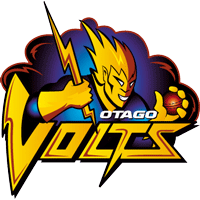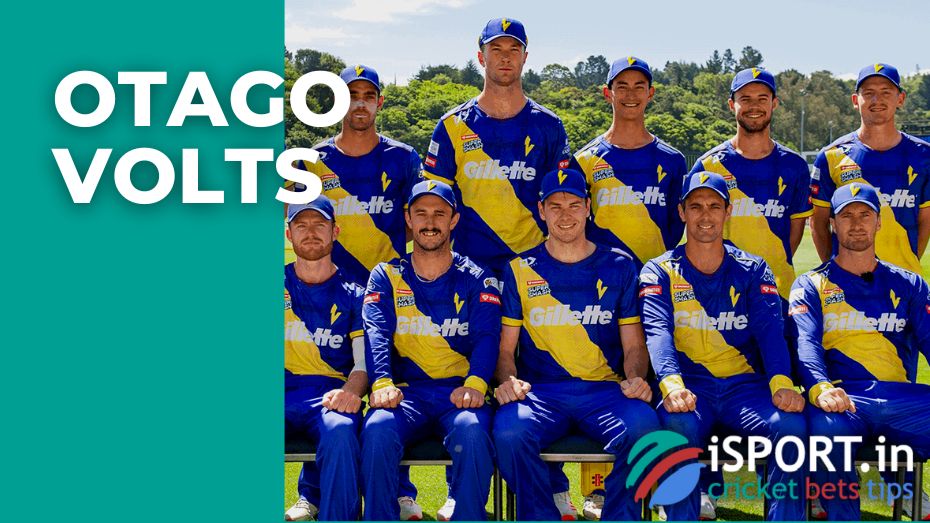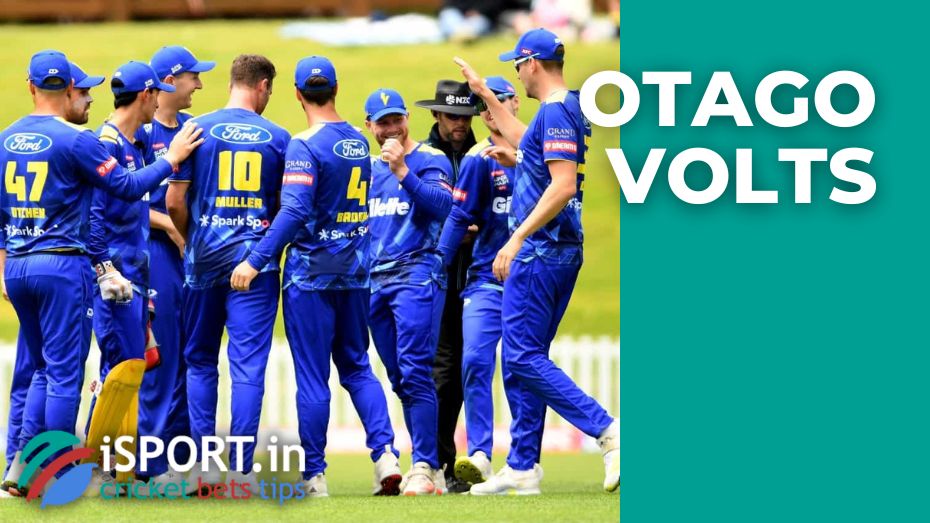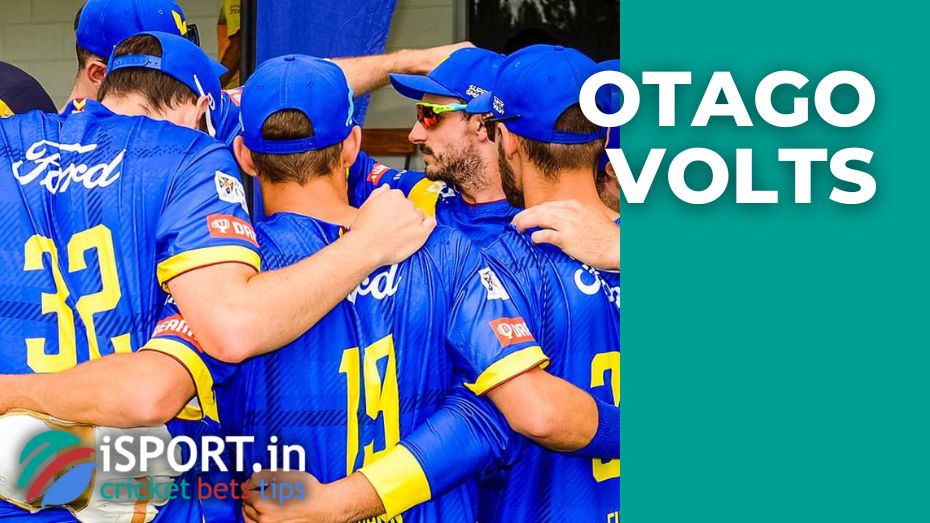Otago Volts

Otago Volts: competitions
Otago Volts: First-Class Cricket Competitions
Logo Tournament Wins Years Plunket Shield
13
1924–25, 1932–33, 1947–48, 1950–51, 1952–53, 1957–58, 1969–70, 1971–72, 1974–75, 1976–77, 1978–79, 1985–86, 1987–88
Plunket Shield
13
1924–25, 1932–33, 1947–48, 1950–51, 1952–53, 1957–58, 1969–70, 1971–72, 1974–75, 1976–77, 1978–79, 1985–86, 1987–88
Otago Volts: Limited Overs Cricket Competitions
Logo Tournament Wins Years Ford Trophy
2
1987–88, 2007–08
Ford Trophy
2
1987–88, 2007–08
Otago Volts: Twenty20 Cricket Competitions
Logo Tournament Wins Years
Otago Volts: professional cricket club

The Otago Cricket Club (Otago Volts since 1997) was formed in 1864. The team consists of three distinct regions – Otago, Southland and North Otago. The team plays most of their matches at the University of Otago Oval with a capacity of up to 6,000 people. The club has won 13 test matches at the domestic first-class Plunket Shield championship throughout its sporting history, twice won the Ford Trophy and twice won the Super Smash. Unfortunately, there is very little historical information about Otago Volts so the article will be as short as possible.
Otago Volts – club review
A new professional cricket team, the Otago, appeared in New Zealand in 1864. It was formed thanks to three regions:
- Otago is a district in New Zealand located in the southern half of the South Island. The second-largest local government region in the country. In 2020, the population of Otago was 245,000;
- Southland is the southernmost region of New Zealand, which was formed in 1989. It consists mainly of the Southwest portion of the South Island and Stewart Island. The population of Southland in 2020 is 102,000 people;
- North Otago. This site covers the area of Otago between Shag Point and the Waitaki River. In this place are the Kakanui Mountains, where the highest point is 1643 meters.
The main governing board of the club is the Otago Cricket Association, which is one of the six main sports communities in the country that are part of the New Zealand Cricket Council (since 1894).

Since 1907, the team entered the top 4 main teams that could play first-class cricket matches among themselves at the country’s domestic championship – the Plunket Shield. The Otago club was the middle peasant of the tournament for 17 years, and they took the 1st championship title until in 1925.
They repeated the result in 1933. After that, the 2nd place happened three times (1934th, 1937th, 1938th years). Due to the Second World War, between 1940-1945, the Plunket Shield was not carried out. Then, at the end of the 1948 season, the club became the best in test cricket matches for the 3rd time.
The 1950s-1960s period was really successful for the Otago players. During this time, the team increased the number of champion titles from 3 to 7. The team began playing the new New Zealand Motor Corporation Knock-Out (now the Ford Trophy), a one-day championship in 1971.
Oddly enough, the first time to win the 2nd championship was only 17 years after the debut season. The Otago club became the best in 1988. By the way, the players won their 13th title in Plunket Shield (currently the last championship in test matches) in the same year.

Otago Volts – entry into the 3rd championship. Notable club players
After a 2-time championship in 1988, the team suffered years of gaps and setbacks. In the new millennium, the situation changed when the third professional cricket championship, the New Zealand Twenty20 Competition (now called Super Smash), appeared in the country.
At the new tournament, already under the name Otago Volts, the club was able to take 1st place in 2009. Before that, the team won the Ford Trophy for the 2nd time in 2008. After 4 years, Otago repeated the result and won the Super Smash for the second time.
Some of the most successful players on the New Zealand team are Hamish Rutherford, Christi Viljoen, Michael Rippon and Jacob Duffy now.
